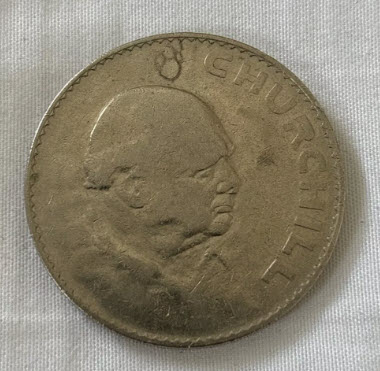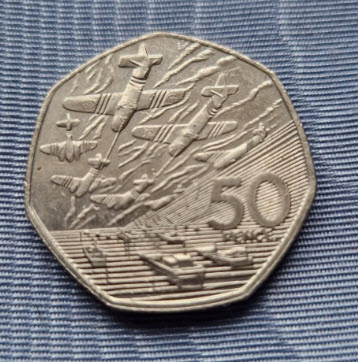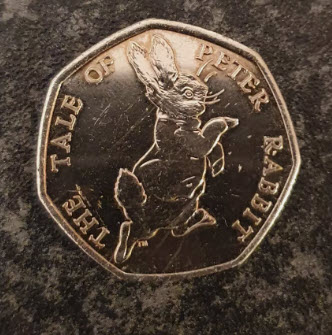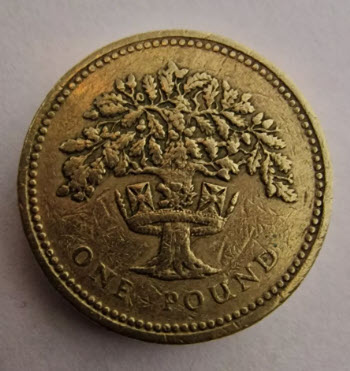Coins have been an integral part of our society for centuries, serving as a form of currency and a way to commemorate important events and individuals.
In modern-day England, coins have evolved from simple forms of payment to valuable collectables that hold historical significance and potential for financial gain. In this blog post, we will explore the history, design, and value of modern English coins, with a focus on the differences between circulated and uncirculated coins.
The history of English coins dates back to the Roman occupation of Britain when Roman coins were used as currency in the region.
Over time, English coins have evolved in design and material, reflecting the changing political and cultural landscape of the country. From the iconic image of Queen Elizabeth II to the intricate details on commemorative and limited edition coins, English coins tell a story of the nation’s rich heritage.
When it comes to the value of coins, there is a significant difference between circulated and uncirculated coins.
Circulated coins are those that have been used in everyday transactions and may show signs of wear and tear, such as scratches or dents. Uncirculated coins, on the other hand, are pristine coins that have never been used and are considered more valuable to collectors. The condition of a coin, along with its rarity and historical significance, can greatly impact its value in the collectables market.
Key coin collections, such as commemorative and limited editions, are highly sought after by collectors for their unique designs and limited availability.
Commemorative coins are issued to mark special occasions, such as royal anniversaries or significant historical events, while limited edition coins are produced in limited quantities and often feature intricate designs or precious metals. These collections hold a special place in the hearts of collectors and can be appreciated in value over time, making them valuable investments for those looking to expand their coin collections.
For beginners looking to start a coin collection, there are a few key tips to keep in mind.
First and foremost, it is important to research and educate yourself on the different types of coins available and their potential value. Investing in a good reference guide or joining a coin-collecting club can help you learn more about the hobby and connect with other enthusiasts. When it comes to storing your coins, it is essential to use proper storage materials, such as acid-free holders or coin albums, to prevent damage and preserve their value. Additionally, it is important to authenticate your coins through reputable dealers or certification services to ensure their authenticity and value.
As a coin collector myself, I have had the pleasure of building a diverse collection of modern English coins over the years.
From collecting rare commemorative coins to hunting down limited-edition releases, each coin in my collection holds a special place in my heart. One of my favourite coins is a limited edition silver coin commemorating the Queen’s Diamond Jubilee, which I was lucky enough to acquire through a coin auction. The intricate design and historical significance of the coin make it a prized possession in my collection, and I am excited to see how its value has increased over time.
In conclusion,
Modern English coins hold a special place in the world of collectables, with their rich history, intricate designs, and potential for future value appreciation. Whether you are a seasoned collector or just starting out, there is a world of opportunities to explore in the realm of coin collecting. By following best practices for storage, authentication, and preservation, you can build a valuable collection that will be cherished for years to come. So go ahead and start your own coin collecting journey today – you never know what treasures you may uncover along the way.
Queen Anne Silver Crowns
Queen Anne Crown coins refer to a series of British coins that were minted during Queen Anne’s reign from 1702 to 1714.
Due to their historical significance and beautiful designs, these coins are highly sought after by collectors. They are known for their intricate engravings and detailed craftsmanship, making them a prized addition to any coin collection.
The history of Queen Anne Crown coins can be traced back to the early 18th century when Queen Anne ascended to the throne. During her reign, the Royal Mint in London produced a series of coins featuring Queen Anne’s portrait on the obverse side and the royal crown on the reverse side. These coins were minted in various denominations.
The significance of collecting Queen Anne Crown coins lies in their historical value and rarity. These coins offer a glimpse into the political and cultural landscape of 18th-century Britain and provide collectors with a tangible connection to a bygone era. Additionally, the designs and craftsmanship of Queen Anne Crown coins make them a symbol of artistic excellence and craftsmanship.
When collecting Queen Anne Crown coins, it is important to be able to identify authentic coins. Look for clear and well-defined engravings, consistent patina, and proper weight and dimensions. Authentic Queen Anne Crown coins may also bear mint marks or other identifying features that indicate their origin and year of production.
To purchase Queen Anne Crown coins, consider visiting reputable coin dealers, online auction sites, or coin shows.
It is important to buy from trusted sources to ensure the authenticity and quality of the coins. Additionally, always ask for a certificate of authenticity when buying rare or valuable coins.
Storing and caring for Queen Anne Crown coins is essential to preserve their value and condition. It is recommended to store coins in protective holders or albums to prevent damage and oxidation. Avoid handling coins with bare hands as oils and acids from the skin can cause discoloration and deterioration.
Queen Anne Crown coins are considered rare and highly collectable, especially in well-preserved condition. Certain variations or special editions of Queen Anne Crown coins may command a higher price among collectors. For example, collectors particularly seek coins with errors or unique mint marks.
One notable variation of Queen Anne Crown coins is the Maundy coinage, which consists of four denominations (penny, twopence, threepence, and fourpence) and is traditionally distributed by the British monarch during the Maundy Thursday ceremony.
In my own experience collecting Queen Anne Crown coins, I have found it to be a rewarding and enriching hobby. Each coin tells a story and carries a piece of history with it, making it a fascinating journey to explore and discover the world of numismatics. I also enjoyed connecting with other collectors and sharing insights and knowledge about Queen Anne Coinage.
Overall, collecting Queen Anne Crown coins is a valuable and enjoyable pursuit for coin enthusiasts of all levels. Whether you are a seasoned collector or a beginner, these coins offer a unique opportunity to delve into the rich heritage of British coinage and appreciate the artistry and craftsmanship of a bygone era. Start your collection today and embark on a journey of discovery through the fascinating world of Queen Anne coins, especially Crown coins.



